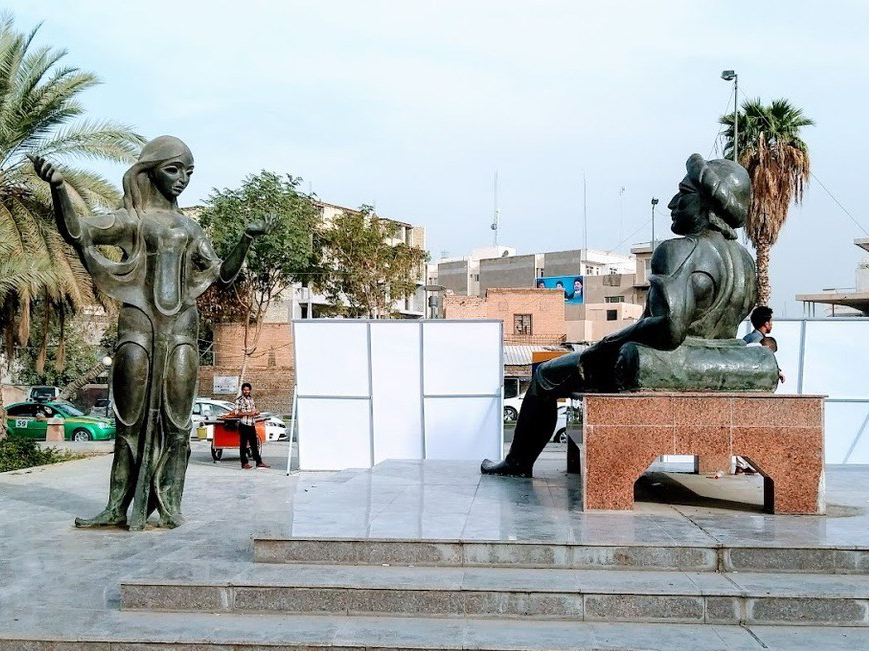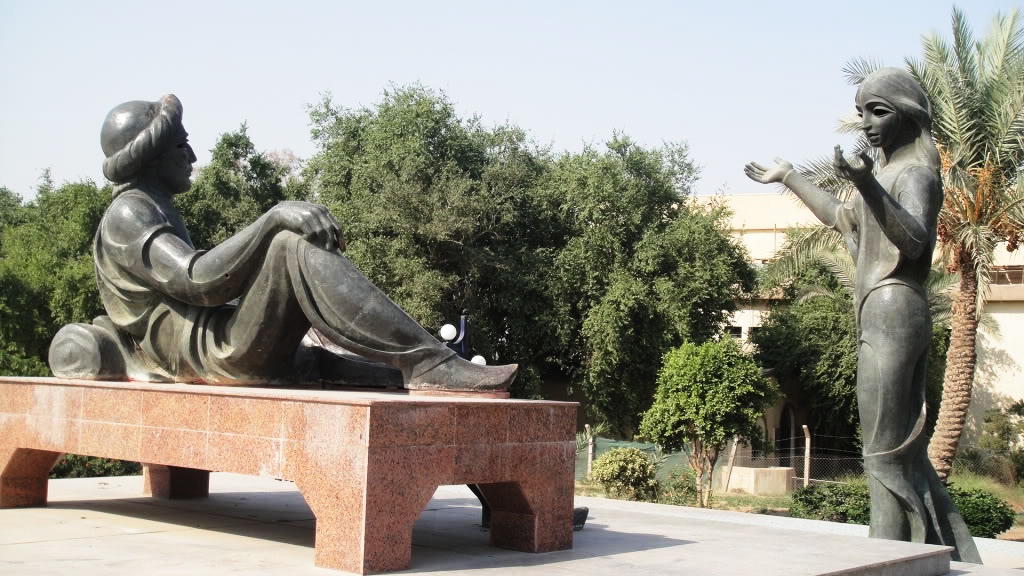In the heart of Baghdad, amidst the ancient walls steeped in history, lies a tale as old as time itself. It’s a story of love, courage, and the boundless power of storytelling – the legend of Scheherazade and the Arabian Nights.
Imagine a scene from a bygone era: Scheherazade, the epitome of grace and wit, weaving intricate narratives that captivate the soul of King Shahryar, her life hanging in the balance with every word she utters. This iconic imagery has transcended centuries, leaving an indelible mark on the fabric of storytelling worldwide.

The essence of Scheherazade’s tale lies not only in its captivating plots but also in its rich cultural tapestry. Rooted in the oral traditions of the Middle East, the One Thousand and One Nights draws from diverse sources, spanning from Persia to India, from Greece to Central Asia. It’s a melting pot of civilizations, each thread adding depth and complexity to the narrative.
At its core, the story of Scheherazade embodies the power of storytelling as a means of survival. Facing the imminent threat of execution, she harnesses the magic of words to enthrall her audience, buying herself one more night, and then another, until love triumphs over fear, and she becomes the queen of Shahryar’s heart.
But the allure of the Arabian Nights extends beyond the confines of its central tale. Embedded within its pages are layers of stories-within-stories, a literary technique known as “embedded narratives.” This intricate structure not only enhances the richness of the text but also reflects the interconnectedness of human experience across time and space.
The journey of the Arabian Nights is a testament to the enduring power of storytelling to transcend cultural boundaries. From its origins in ninth-century Baghdad to its translations into Arabic and subsequent adaptations, the tales have journeyed through time, captivating audiences across the globe.

In the bustling streets of Baghdad, echoes of the past mingle with the present, immortalized in the statues of King Shahryar and Scheherazade by the talented hands of Mohammed Ghani Hikmat. These monuments stand as tangible reminders of the timeless allure of the Arabian Nights, beckoning us to delve into its enchanting world.

As I reflect on my own encounters with Scheherazade’s tales, whether through childhood readings or cinematic adaptations, I am reminded of the universal appeal of storytelling. In an ever-changing world, where borders blur and cultures converge, the stories of the Arabian Nights remain a beacon of hope, reminding us of the power of imagination to transcend the limits of time and space.
In Scheherazade’s legacy, we find not only a tale of survival but also a celebration of the human spirit – resilient, creative, and boundless in its capacity to weave dreams into reality. As we journey through the labyrinthine tales of the Arabian Nights, let us embrace the magic of storytelling and discover the timeless truths that unite us all.




Alif Laila and Scheherazade became two of the most watched serials in the late 90’s on Doordarshan. No wonder Ramanand Sagar mastered in crafting these fables so well. It is always good when you are able to spot in ‘real’ something that you have been reading for so long in the books. Nice post…. 🙂
LikeLiked by 1 person
Yes, very true. We grew up reading and watching these stories. Thanks, Rajat. 🙂
LikeLiked by 1 person
Interesting read about the storytelling queen. I wonder why the stupid king had to execute a wife each morning.
LikeLiked by 1 person
The queens of King Shahryar and his brother Zaman betrayed them and so out of his anger towards womenfolk King Shahryar used to marry a woman and kill them next morning. So the story goes.
LikeLiked by 2 people
Pingback: Dar es Salaam Festival – INDROSPHERE
Wow, it’s great to see “the statue of storytelling”… we grew up reading the stories of Arabian Nights.
LikeLiked by 1 person